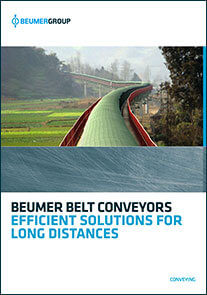-
- Baggage Handling System
- Logistics Systems Technology
- Conveying Technology
- Opencast Mining Systems
- Stockyard Systems
- Mineral Processing
- Port Technology
- Loading Technology
- Filling Technology
- Palletising Technology
- Packaging Technology
- Airport Software Suite
- Automated Container Unloader
- BEUMER autover® Independent Carrier System
- Baggage Loader
- Baggage Manipulator
- Baggage Unloader
- CrisBag® Independent Carrier System
- CrisBag® Self Bag Drop
- CrisBelt® Conveyor System
- CrisCheck® Check-In Conveyor
- CrisClaim® Baggage Carousels
- CrisStore® Dynamic Racking Solution
- Security Screening
- Tilt-Tray Loop Sortation System
- CEP Software Suite
- Warehouse Control System
- Automatic Parcel Singulator
- BEUMER Tipping Station
- BG Line Sorter
- BG Parcel Belt Conveyor
- BG Sorter® CB Cross-Belt
- BG Pouch System
- BG Sorter® ET Tilt-Tray
- Air-supported belt conveyor
- Apron Conveyors
- Belt Apron Conveyors
- Belt Bucket Elevators
- Bucket Elevators
- Central Chain Bucket Elevators
- Components
- Conveyor Systems for Alternative Fuels (AFR)
- Drive Stations
- Feeding Hoppers
- Heavy Duty Belt Bucket Elevators
- Hopper Cars
- Mobile Conveyors
- Overland Belt Conveyors
- Pipe Conveyors
- Screw conveyor
- Shifting Heads
- Tripper Cars
- Troughed Belt Conveyors
- U-Shape Conveyors
- Bucket Wheel Excavators
- Bucket Chain Excavators
- Belt Wagons
- Mass Distributors
- Crawler-Mounted Conveyor Bridges
- Crawler-Mounted Spreaders
- In-Pit Crushing Systems
- Cable Reel Cars
- Transport Crawlers
- Stackers
- Semi-portal Scrapers
- Portal Scrapers
- Side Scrapers
- Slewing Scrapers
- Bridge-type Reclaimers
- Bucket Wheel Reclaimers
- Stacker Reclaimers
- Circular Stacker-Reclaimers
- Customer Support
-
-
Troughed belt conveyors for high mass flow
Belt conveyors come in many shapes and forms, open troughed belt conveyors are used to transport materials such as bulk materials for cement production quickly over long distances and through rough terrain, e.g., from the quarry to the cement plant. The trough shape allows for the safer transportation of materials over difficult terrain with less spillage. Of all the belt conveyors, the troughed belt conveyor enables the highest mass flow. Due to the tight curve radii and large center distances, coarse and heavy materials with large volumes can be transported at high speeds. Conveying capacities of up to 10,000 tonnes per hour are common.
Transporting bulk materials over vast and complex routes
In the mining and cement industries, as well as in port terminals, conveyors move raw materials, bulk materials and other products over distances of many kilometers. Mountains and valleys, residential areas, rivers and roads are easily traversed by troughed belt conveyors, and even complex and curved routes are challenges which can be easily met. As an essential feature, horizontal and vertical curves with a gradient angle of up to 20 degrees are possible, as well as lengths of troughed belt conveyors of more than twelve kilometers. The nature of the material being conveyed and the topography ultimately influence the conveyer route. Sometimes the number of transfer towers drops to zero as a result of a curved route. This saves your company money and the bulk materials complete demanding inclines and declines in one go.
Ideal for long distances
Long centre distances
Great flexibility
High-temperature bulk goods can be transported
Highly economical with low investment costs
Low-wear construction with a lengthy service life even with highly abrasive materials
Economical and sustainable conveyor technology
Proven components such as belts, idlers, tensioning drums and drives keep investment costs low, and the conveyor system pays for itself quickly. As a result of the simple design, we can achieve short delivery and installation times, and the open design also makes maintenance a breeze. Furthermore, troughed belt conveyors increase their efficiency on downhill sections by means of energy recovery: the motors both drive the conveyors and also produce energy when in regenerative operation (like a dynamo). In order to achieve an optimum load distribution on the drive unit, the motors are designed to be controllable. The electrical energy generated is fed into the public grid via a regenerative unit. As a further measure, we equip your belt conveyors with environmentally friendly low-energy belts. This saves energy, reduces CO2 emissions and lowers the operating costs of the conveyor technology.
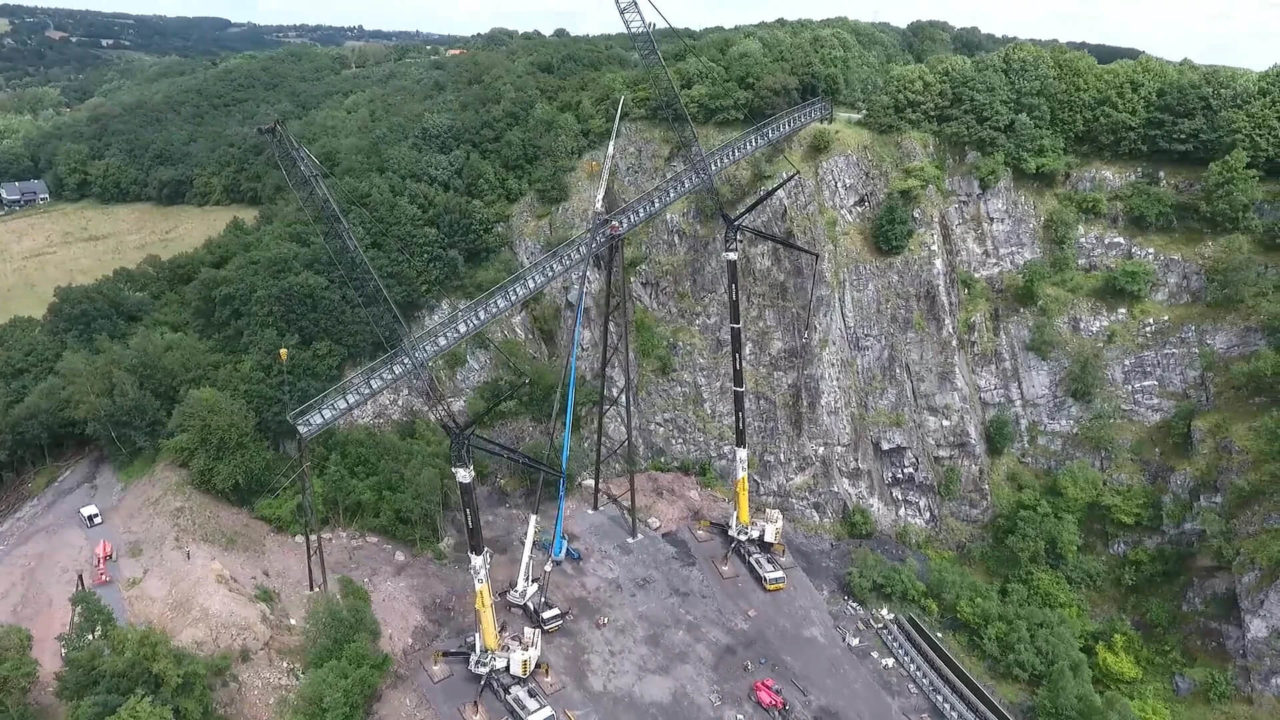
Drones – planning aids in the sky
Drones have long been part of our everyday life to plan, implement and document overland conveyors. The use of the small unmanned flying vehicles is particularly suitable for obtaining images in areas that are difficult to access and for not obstructing regular operations on construction sites. We use two different types of drone vehicles. The copter is similar to a helicopter in its design and flight characteristics. It can remain fixed at one location in the air and fly slow manoeuvres in confined spaces. The fixed-wing aircraft, on the other hand, cannot remain motionless. Instead, it has a greater range and is similar in design to an airplane. For example, it can fly along the planned route for a troughed belt conveyor and make video recordings. From the aerial images, software then calculates 3D models that simplify the planning of a route and speed up plant construction.
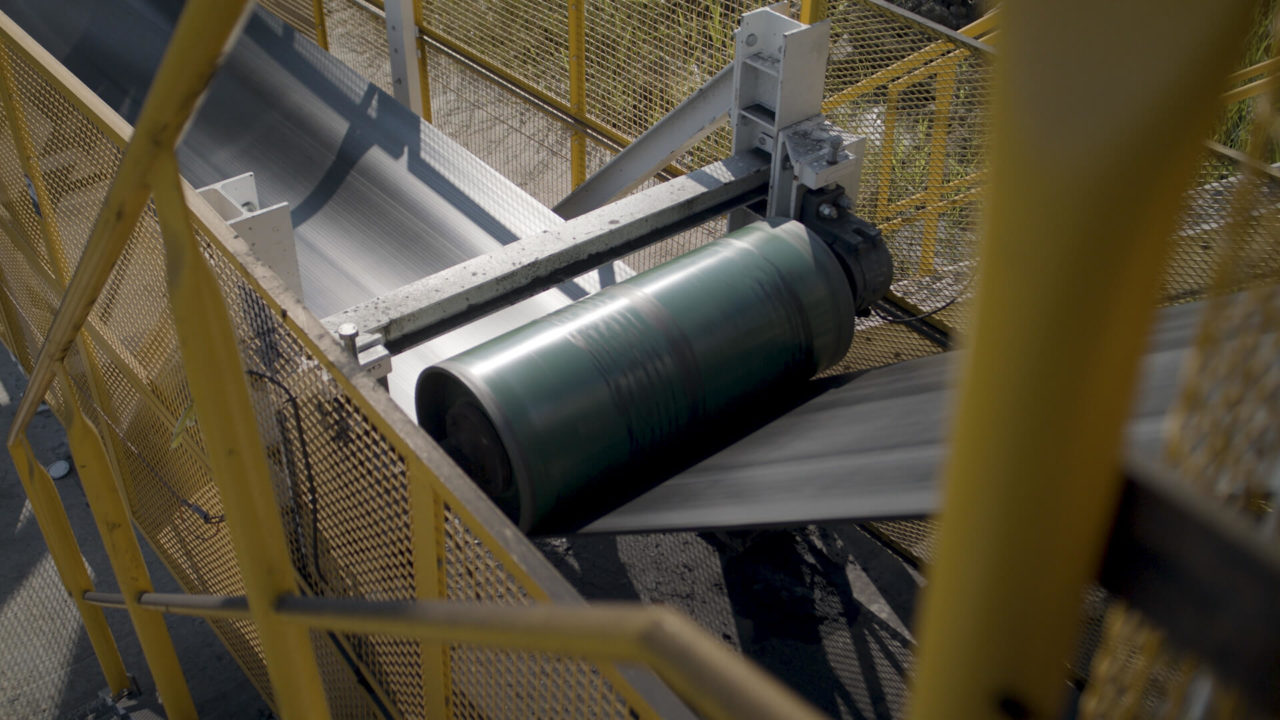
The physics of belt conveyors
We develop our conveyor belts as part of a complete system, specifically designed for your application and requirements. Early in the project planning stage of your conveyor system, our experts calculate the static and dynamic belt tensile forces, using specially developed software. This is one of the first steps in designing safe conveyor curves. Based on these calculations, our engineers also determine the belt width, the material of the conveyor belts and the drive technology (drive drum) – for safe and durable operation of troughed belt conveyors. Furthermore, to additionally reduce noise emissions, we use special idlers and low-noise bearings. The correct conveying speed of the belt conveyors when transporting the bulk material also influences the overall noise level of the conveyor system.
Download brochure
Your Partner of Choice
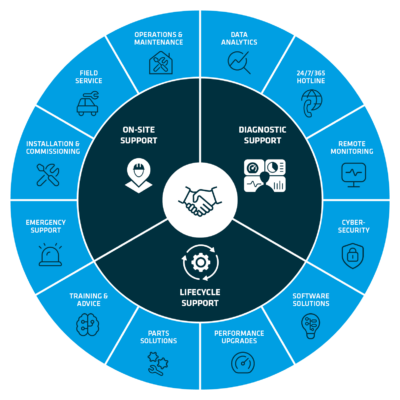
Proactive Customer Support for your industry
Our support goes beyond the standard — it’s a partnership built to last. Backed by a worldwide network of regional service centers, we are with you throughout the entire lifecycle of your systems and assets, understanding your unique needs to ensure maximum reliability and efficiency.
We are working 24/7 to be your Partner of Choice.
Technical specification
| Centre distance: | depending on the topographical conditions, conveyors of 20 km and longer are possible |
| Curve radius – standard values: | > 400 m for horizontal curves, vertical curves depending on the application |
| Conveying capacity: | up to 10,000 t/h, e.g. iron ore |
| Conveying speed: | up to 6.5 m/s |
| Angles of inclination: | up to 20° depending on the material to be conveyed |
Conveying Technology
We have a broad product offering and build complete systems in addition to individual components. Together with you we will find the right solution for your unique requirements.
Conveying Technology
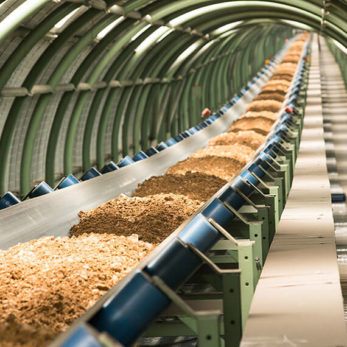
Pipe Conveyors
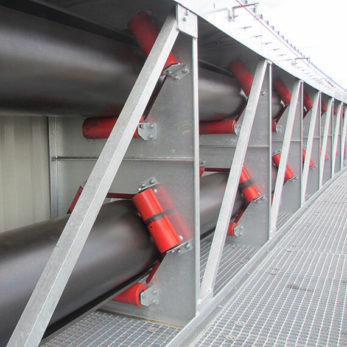
U-Shape Conveyors
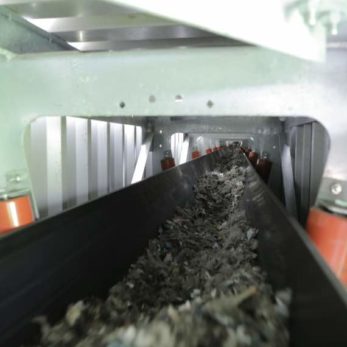
Overland Belt Conveyors

Apron Conveyors
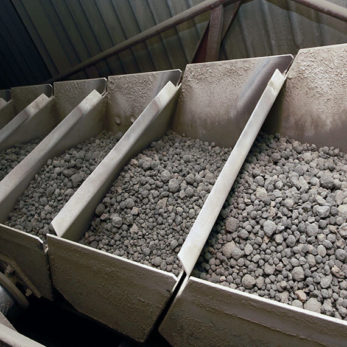
Belt Apron Conveyors
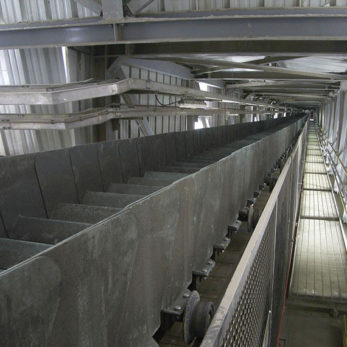
Belt Bucket Elevators
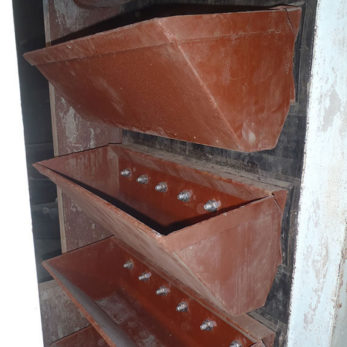
Heavy Duty Belt Bucket Elevators
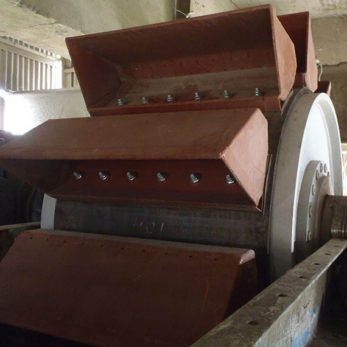
Central Chain Bucket Elevators
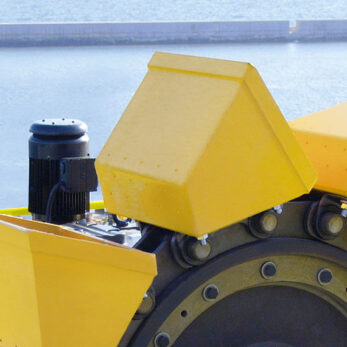
Conveyor Systems for Alternative Fuels (AFR)
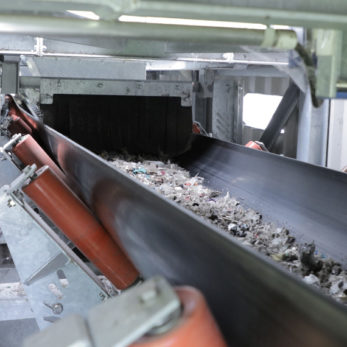
Meet us at a Trade Fair

Do you have any questions?
Do you have any questions?
Your Contact Person
Alexander Tigges
Director Global Sales Minerals & Mining















